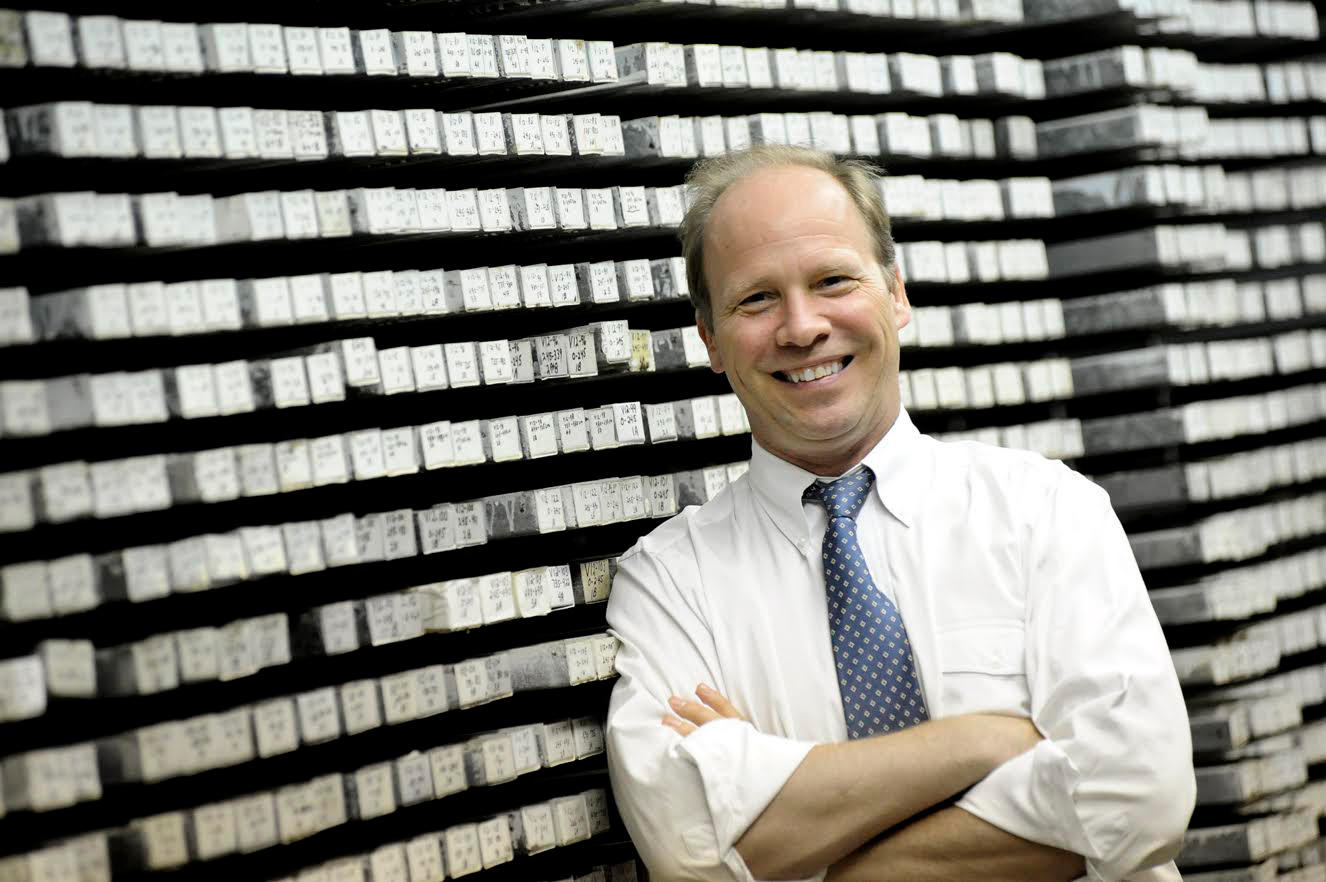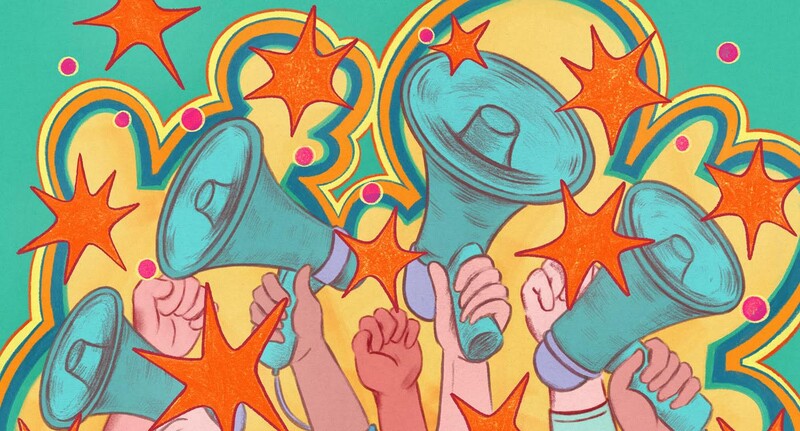Columbia has launched a new research and education initiative — the Center for Climate and Life — that focuses on understanding how climate change affects our access to basic resources like food, water, shelter, and energy. The University is providing initial seed funding to the center, which is based at the Lamont-Doherty Earth Observatory, for its first five years of operation.
“Government support for science research has been declining in recent years, and the federal budget for climate research has been subject to some of the worst cuts,” says Peter deMenocal ’92GSAS, a Columbia paleoclimatologist who is the director of the new center. “Our goal is to make sure that this essential science gets done and that we attract and retain the best talent.”
The Center for Climate and Life administered its first two grants earlier this year, awarding the hydrologist Michael Puma ’98SEAS, ’99SIPA a $190,000 grant to study the impact of climate change on global food systems and bioclimatologist A. Park Williams a $180,000 grant for his research on historical drought and fire cycles.
The University is engaging philanthropists to build an endowment for the center, which will enable it to distribute research grants annually. “This will be a new way of funding science,” says deMenocal. “And it will give Columbia scientists the flexibility to invest immediately in the climate-research projects that we feel are most critical.”
The center will also transfer emerging scientific knowledge to global business and finance institutions, in order to help them make environmentally sustainable business decisions.
“Our new Center for Climate and Life is a critical next step in applying interdisciplinary environmental scholarship to the social and finance sectors,” says G. Michael Purdy, the University’s executive vice president for research. “The center complements Columbia’s existing strengths in environmental science and policy by highlighting ways that interventions from the business and finance communities can powerfully improve our current state of human sustainability.”



